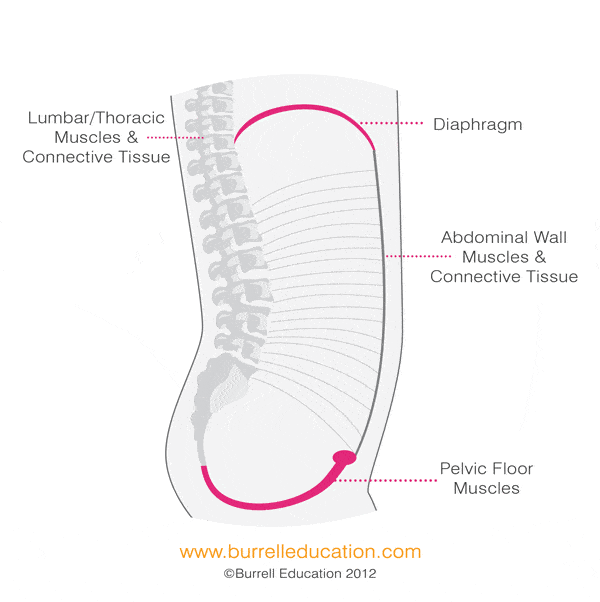Hello Aunt Vadge,
A friend recommended getting in touch. I’ve been putting off the doctors for a while now.
I’ve had my period for six years and I still cannot insert a tampon. Penetration also hurts a lot, and sex isn’t really possible. The pain is unbearable.
I’ve read on google about vaginismus and wondered what the best options were regarding treatment, or if it could be something else.
Would it be best to see a doctor or go to the 1 to 1 clinic?
Thanks,
J
_____
Hello J,
It sounds like you’ve been going through a really challenging time with the discomfort and pain you’re experiencing.
The difficulty with tampon insertion and painful penetration could indeed suggest vaginismus1–5, which is a condition where the vaginal muscles involuntarily tighten, making penetration painful or impossible.
It’s also possible there are other factors at play, for example, an anatomical difference, and only a thorough medical evaluation can truly determine the cause.
Given the ongoing nature of your symptoms and the significant impact they’re having on your life, it’s essential to see a healthcare professional. You don’t need to put off getting help any longer; there are treatments available, and many women find great relief once they seek care.
Seeing your GP is a good first step. They can do an initial assessment, may perform an examination to ensure there isn’t a physical cause for your symptoms, such as hymenal issues or pelvic floor dysfunction, and then make appropriate referrals. This may include a referral to a gynaecologist who specialises in sexual pain disorders, or a pelvic floor physical therapist who is trained in treating conditions like vaginismus.

Meanwhile, one-to-one clinics can offer tailored support, sometimes including sexual health therapists or counselors who can address the emotional and psychological aspects that can contribute to or result from conditions such as vaginismus.
Treatments for vaginismus vary depending on the individual but may include:
- Pelvic floor physical therapy to help you learn to control and relax the pelvic muscles.
- Vaginal dilators used progressively to gently stretch the vaginal muscles.
- Counselling or therapy to address any underlying emotional or psychological factors, such as anxiety or past trauma.
- Behavioural strategies, which may include relaxation techniques and pain management strategies.
You’re not alone in this, J, and help is out there. Take the step to see your doctor, and they can guide you to the most suitable treatment pathway for your specific situation.
Remember, this is a treatable condition, and with the right support, you can overcome the pain and the difficulties you’ve been facing.
Take care and be kind to yourself as you start this journey to wellness. You’re doing great!
Warm wishes,
Aunt Vadge
References
- 1.Laskowska A, Gronowski P. 267 Vaginismus: An Overview. The Journal of Sexual Medicine. Published online May 1, 2022:S228-S229. doi:10.1016/j.jsxm.2022.03.520
- 2.Harish T, Muliyala K, Murthy P. Successful management of vaginismus: An eclectic approach. Indian J Psychiatry. Published online 2011:154. doi:10.4103/0019-5545.82548
- 3.McEvoy M, McElvaney R, Glover R. Understanding vaginismus: a biopsychosocial perspective. Sexual and Relationship Therapy. Published online December 5, 2021:1-22. doi:10.1080/14681994.2021.2007233
- 4.Pacik PT, Geletta S. Vaginismus Treatment: Clinical Trials Follow Up 241 Patients. Sexual Medicine. Published online March 28, 2017:e114-e123. doi:10.1016/j.esxm.2017.02.002
- 5.Lahaie MA, Boyer SC, Amsel R, Khalifé S, Binik YM. Vaginismus: A Review of the Literature on the Classification/Diagnosis, Etiology and Treatment. Womens Health (Lond Engl). Published online September 2010:705-719. doi:10.2217/whe.10.46
The most comprehensive vaginal microbiome test you can take at home, brought to you by world-leading vaginal microbiome scientists at Juno Bio.
Unique, comprehensive BV, AV and 'mystery bad vag' treatment guide, one-of-a-kind system, with effective, innovative treatments.
Promote and support a protective vaginal microbiome with tailored probiotic species.





